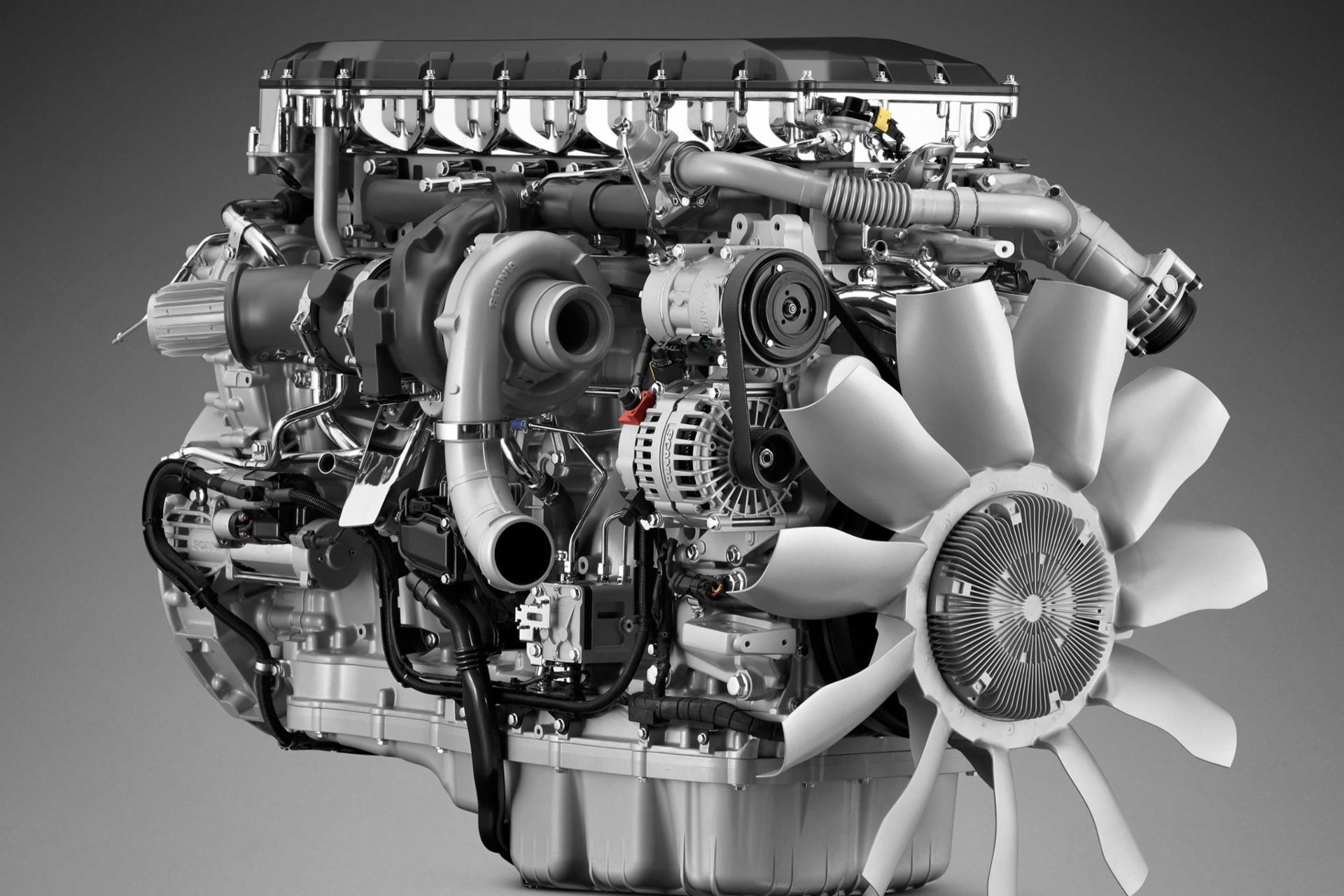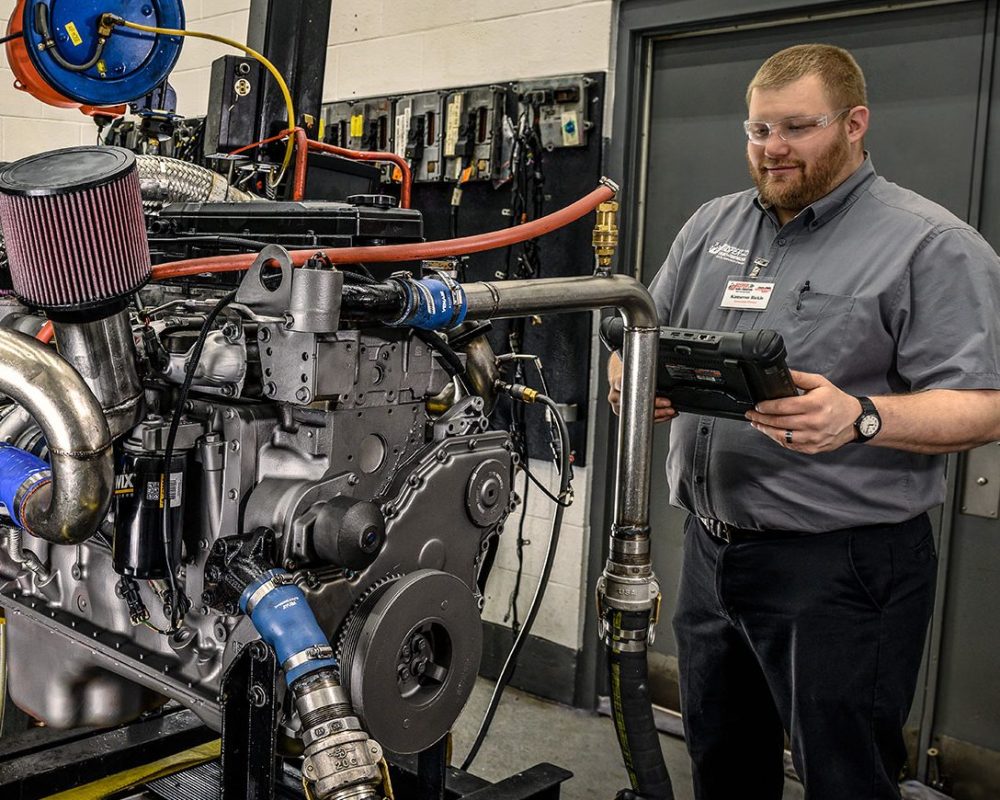Engines for Africa Available Now! Check Out Our Trusted Automobile Components Store
Wiki Article
The Pursuit for Ultimate Driving Power: Examining the Pinnacle of Engine Efficiency and Technological Innovations in the Automotive Market
In the realm of auto engineering, the quest of maximum driving power has been a relentless mission that has actually unfolded through the development of engine design and the integration of advanced modern technologies. From the thorough craftsmanship of combustion engines to the fast innovations in electric propulsion systems, the vehicle industry stands at the cusp of a new era defined by unmatched efficiency abilities. As designers and scientists delve deeper right into the worlds of computational fluid characteristics and discover cutting-edge gas modern technologies, the perspective of opportunities broadens tremendously. Remain tuned as we decipher the complex tapestry of technological developments that are forming the future of automobile power and efficiency.Evolution of Engine Layout

Furthermore, the integration of turbocharging and turbo charging modern technologies has transformed engine design by increasing power without substantially raising engine size. These forced induction systems press the consumption air, enabling more fuel to be ignited, consequently creating higher power result from a smaller sized engine. This development has actually been especially vital in boosting the performance of smaller displacement engines while keeping gas efficiency criteria.

Performance-Enhancing Fuel Technologies
The implementation of advanced fuel modern technologies has considerably added to improving engine performance in contemporary lorries. From standard fuel and diesel to cutting-edge biofuels, artificial gas, and hydrogen, the vehicle industry is experiencing a change in gas options. Biofuels, originated from eco-friendly resources like algae, sugarcane, or corn, offer boosted and decreased discharges engine efficiency. Synthetic fuels, generated via chemical processes, supply high octane rankings, improving power result. Hydrogen gas cells, although still in the onset of adoption, reveal excellent pledge because of their zero-emission nature and possibility for high performance. In addition, fuel ingredients and cleaning agents are being created to clean engine elements, enhance burning, and reduce rubbing, therefore enhancing overall automobile performance. With recurring research and growth, the mission for the best driving power proceeds, as engineers make every effort to unlock the full capacity of performance-enhancing fuel modern technologies in the auto sector.Improvements in Electric Propulsion
Substantial strides in electric propulsion innovation have changed the auto sector, leading the method for a brand-new age of sustainable and effective transportation. Electric vehicles (EVs) are acquiring popularity due to their environmental benefits and innovations in battery technology, enabling longer driving arrays and much shorter billing times. Manufacturers are investing greatly in study and growth to boost the efficiency of electric propulsion systems, concentrating on enhancing power outcome, enhancing power effectiveness, and reducing overall weight.One significant innovation in electrical propulsion is the growth of innovative electric motors that provide higher torque and power thickness, leading to enhanced velocity and overall driving efficiency. Additionally, regenerative stopping systems have actually been improved to store and catch energy during deceleration, further boosting the performance of EVs.
Moreover, the combination of clever technologies, such as expert system and anticipating analytics, is maximizing the administration of electric propulsion systems, ensuring optimum efficiency under different driving conditions. These developments in electric propulsion are improving the vehicle landscape, driving the market towards an extra sustainable this content and energized future.
Effect of Computational Liquid Dynamics
With innovations in electric propulsion pushing the limits of auto innovation, the integration of Computational Fluid Dynamics is playing a crucial function in enhancing wind resistant performance and improving total efficiency in lorry design. Computational Fluid Dynamics (CFD) includes the usage of computer system simulations to examine the flow of air around a vehicle, allowing engineers to anticipate just how design adjustments will influence the rules of aerodynamics without the requirement for expensive physical prototypes. By accurately modeling air movement patterns, CFD permits the improvement of automobile shapes to minimize drag, enhance air conditioning, and enhance security.CFD allows designers to optimize air flow around components such as radiators, engine bays, and wheel wells, contributing to enhanced efficiency and general driving experience. In verdict, the assimilation of Computational Fluid Characteristics represents a substantial step ahead in the mission for utmost driving power and effectiveness in the vehicle market.
Future Patterns in Engine Technology
In the dynamic landscape of auto design, cutting-edge improvements are forming the future trajectory of engine innovation. The future of engine layout is noted by a strong focus on performance, sustainability, and efficiency. Makers are increasingly focusing on developing engines that not just supply high power outcomes yet also focus on environmental duty by improving and lowering emissions fuel efficiency.One popular pattern in engine innovation is the rise of electrification. Crossbreed and electrical powertrains are getting traction as viable alternatives to typical combustion engines. These modern technologies use the possibility for substantial reductions in carbon discharges and boosted power performance, straightening with global anonymous efforts to fight climate modification.
Furthermore, advancements in materials scientific research and manufacturing strategies are enabling the manufacturing of lighter and extra durable engine components. This change in the direction of light-weight products such as carbon fiber and light weight aluminum alloys adds to enhanced performance and gas economic situation.
Conclusion
In final thought, the search of ultimate driving power in the auto market proceeds to drive advancements in engine style, fuel technologies, electric propulsion, and computational liquid characteristics. The development of these technologies is forming the future of engine advancement, leading the method for more effective and powerful lorries (engines for africa). As the sector continues to press the borders of what is possible, we can expect to see a lot more innovative growths in the quest for peak efficiency
One of the essential milestones in engine design evolution is the change from conventional carbureted engines to modern-day fuel-injected systems. By precisely metering the fuel delivery to each cyndrical tube, fuel-injected engines optimize burning, resulting in much better efficiency and reduced environmental influence.
Furthermore, the integration of turbocharging and supercharging modern technologies has revolutionized engine layout by enhancing power without considerably enhancing engine her latest blog size (engines for africa).The implementation of advanced gas modern technologies has considerably added to boosting engine performance in modern-day vehicles. Additionally, fuel ingredients and detergents are being formulated to clean engine elements, maximize burning, and lower rubbing, therefore improving overall lorry performance
Report this wiki page